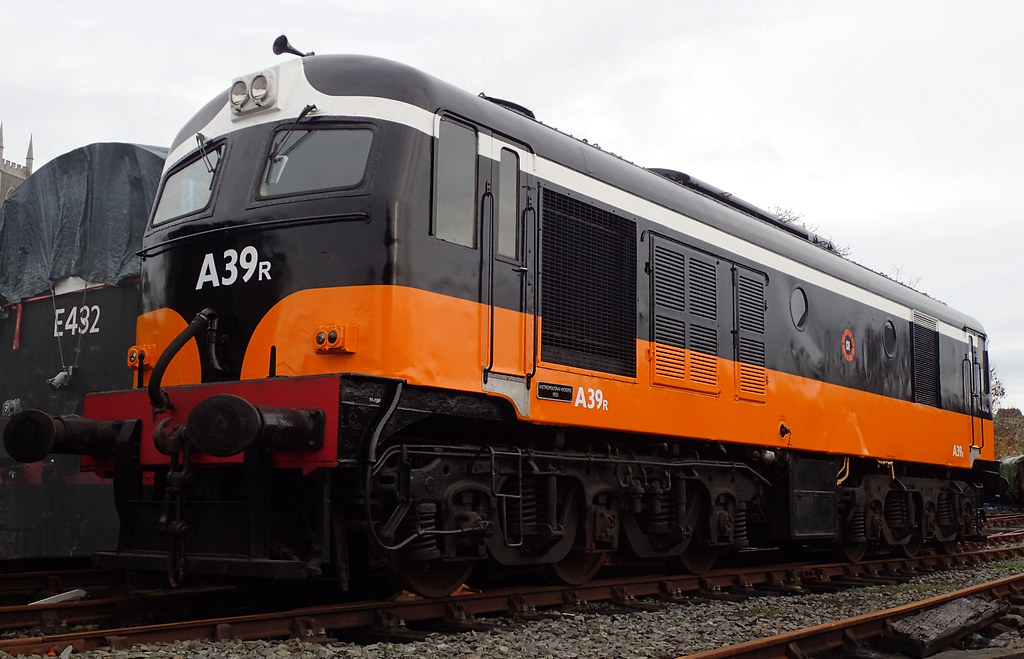Yep, I'd say it would be a "scrap" belonging more to the "Ugly Trains" thread...I can see no reason for that post, other than the desire to start an argument...
Last edited:
Follow along with the video below to see how to install our site as a web app on your home screen.
Note: This feature may not be available in some browsers.
Yep, I'd say it would be a "scrap" belonging more to the "Ugly Trains" thread...I can see no reason for that post, other than the desire to start an argument...
Not sure what you mean by 'inherited', as all the Joes, save E70, were scrapped almost immediately after de-electrification of the line... Plus, MILW was DC, NH was AC. Wouldn't work out at all...
Few pics of them in a line of items to be scrapped I found.
Cheers,
SM
Oh please ............. what redeeming feature does that have????
It looks like a cybermans helmet with a light on.
It has less character than a Bullied Q1.
you keep believing that mateYou'll find that they last operated in Brazil in the 1990s. The Little Joes are long out of service.
Wait, now I'm even more confused! I assume you mean Sao Paulo in Brazil? I didn't think they were that many U Boats still kicking about either, I would suggest that the friend giving you this information is having a laugh.
All of us at Trainz are grateful for the work of those who keep our heritage railways running, wherever they may be. But let us not forget the locomotives that weren't saved from the scrap heap. At least two locomotives that I can mention is Hudswell Clarke 325, 'Worsley' and Hudswell Clarke 327, 'Bromborough'. Bromborough worked at Lord Pit in the days of the Poynton Collieries. Both Worsley and Bromborough were built in 1889, interestingly.
Ok, the ball is now in your court, guys and girls. Reminisce away!

Don't worry, there's no conspiracy. I wasn't sure of what class the locomotive was. However, I did find this: http://www.rrpicturearchives.net/showPicture.aspx?id=1395384.Unknown? I thought they were all scrapped, there's not some sort of conspiracy around that is they?
I know that's happened to me before.You are probably getting caught by the "Similar Threads" listed below. Often very old threads.
